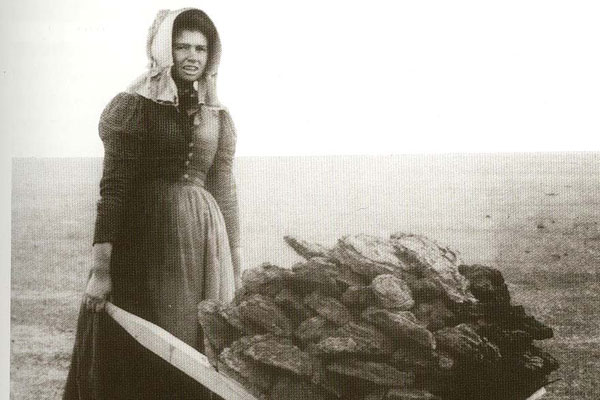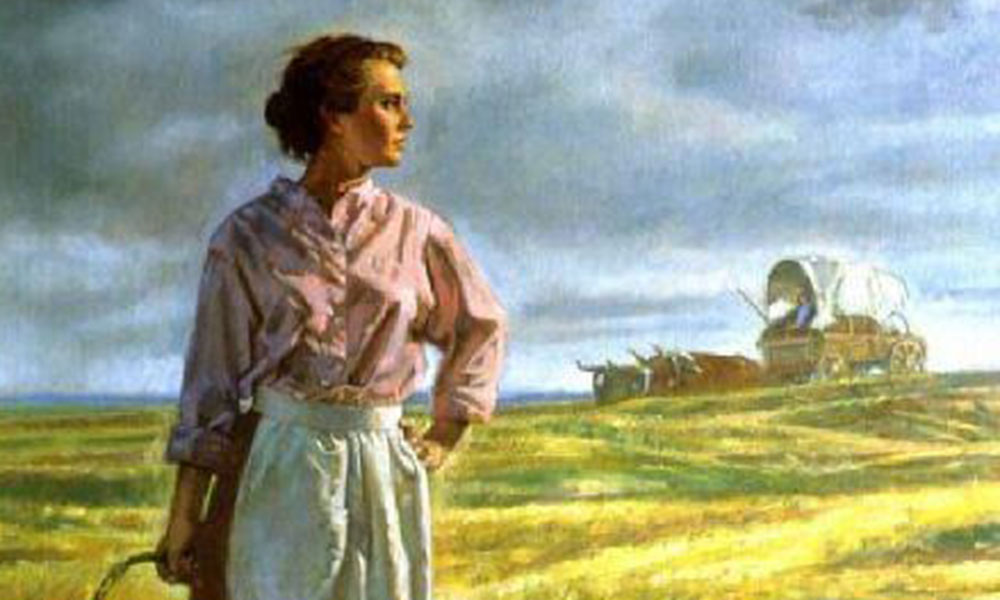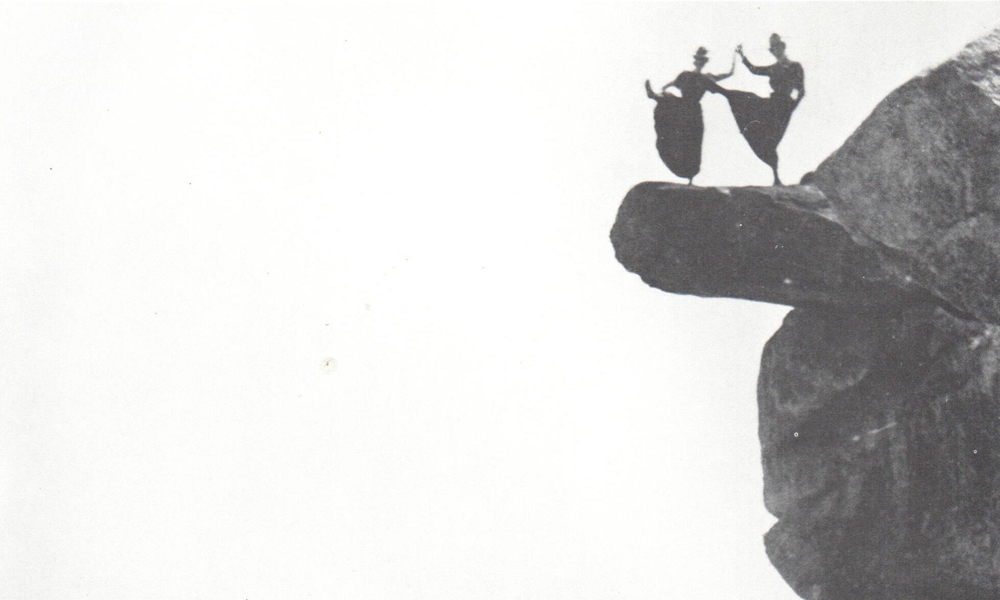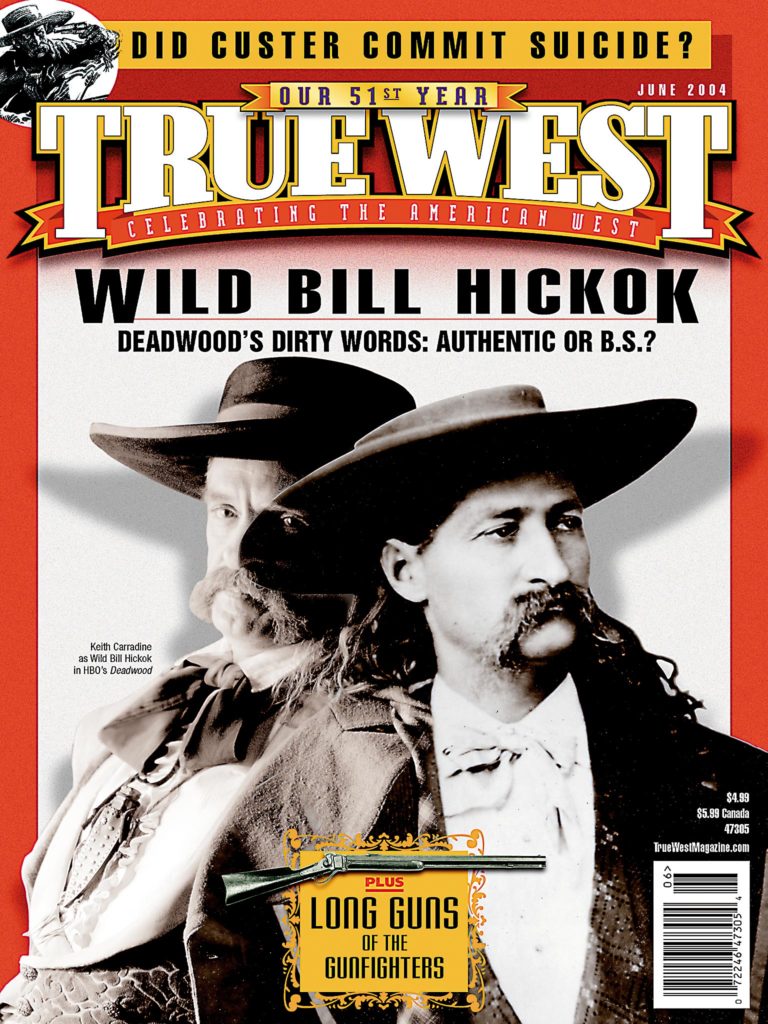 Ida May and Edith Eudora Ammon homesteaded in North Dakota in the 1880s, expecting their venture to be a lark.
Ida May and Edith Eudora Ammon homesteaded in North Dakota in the 1880s, expecting their venture to be a lark.
They intended proving up, getting title to the land, then selling their claims and returning home. But the land captivated them, and soon they were helping other landseekers establish their own claims. Ida eventually opened a school, general store and post office. Edith founded her own newspaper. It wasn’t the Ammon sisters’ original plan, but they had started a town.
Oregon novelist Irene Bennett Brown read the historical account of the Ammon sisters and took elements from their story to forge a four-book series that celebrates pioneering women. The Women of Paragon Springs series is a “saga about ‘town mothers’ and their accomplishments rather than the doings of more common ‘town fathers,’” Brown says.
Set in Western Kansas, the four books—Long Road Turning, Blue Horizons, No Other Place and Reap the South Wind—chronologically pit the central characters’ fictional actions against historic events in Kansas, from 1873’s sod house days to 1914’s birth of aviation.
The books explore the difficulty of living in dugouts and sod houses, livestock control in an era before fences and the homesteaders’ relationship with a powerful cattleman who resents their presence. These stories of independent women—Meg Brennon, Grandma Spicey, Lucy Ann Walsh, Aurelia Thorne and Emmaline Lee—tell of an era before female independence was accepted. Some of these women are abused, others are single mothers, but all are passionate.
“I crawl inside the skin of my character and I become that person,” Brown says. “I feel all the emotions they are going through—the pain, hunger, joy, despair. I suffer along with them, I care and I pour it into words and scenes that I hope my reader will feel emotionally.”
Brown lives on land bordered by the Santiam River near Jefferson, Oregon, which she says is “an ideal place, quiet, peaceful and beautiful.” She began writing for young adult readers, eventually publishing her most successful book to date—Skitterbrain—which first appeared in hardcover from Thomas Nelson Publishers and then sold upwards of 150,000 copies as a book club choice for Scholastic Publishers.
After winning a Spur Award from Western Writers of America for Best Western Juvenile Book in 1982 for Before the Lark, Brown turned her attention to historical novels, proving her writing transcended age groups. In 1994, she wrote The Plainswoman, which was a Spur finalist for original paperback novel.
The Oregon side of Hells Canyon is the setting of her latest novel, Haven, the story of young Laila Mitchell who, with a medicine kit and very little money, sets out from St. Louis in 1893 to search for her last living relatives in Oregon. As Brown puts it, “What she finds instead is soul-satisfying work and a chance at love in a wild, enchanted canyon.”
For her next book, Brown will head to 1880’s New Hampshire, where her great-grandparents were born and raised, and a bit of her own history will play into the story line.
Running the gamut from a Kansas homesteader to an Oregon pioneering doctor, the lead characters of Brown’s books will always be strong, independent women.
Candy Moulton is the editor of Western Writers of America’s Roundup magazine.






